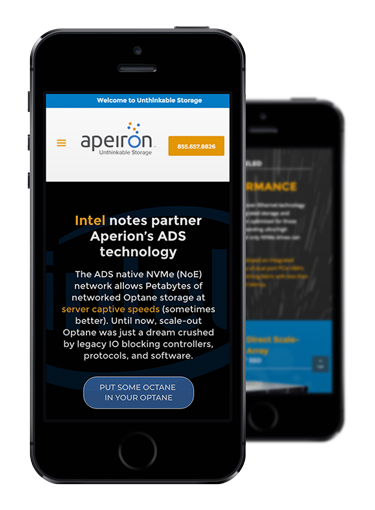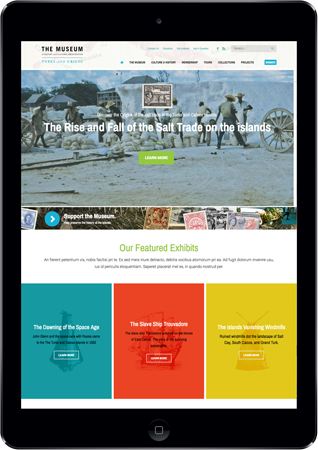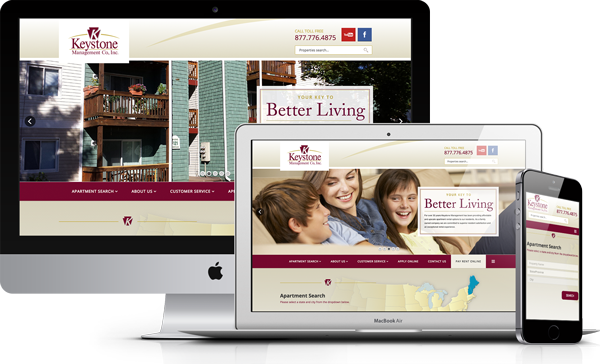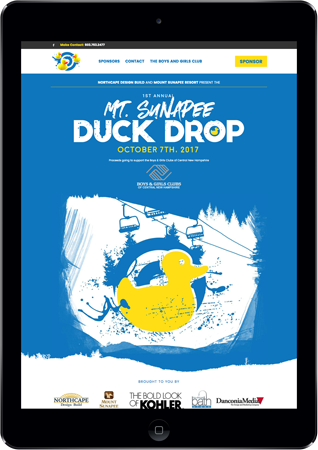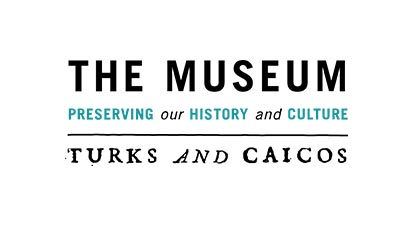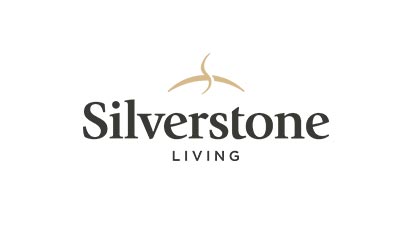Using Google’s New Layout to Your Advantage
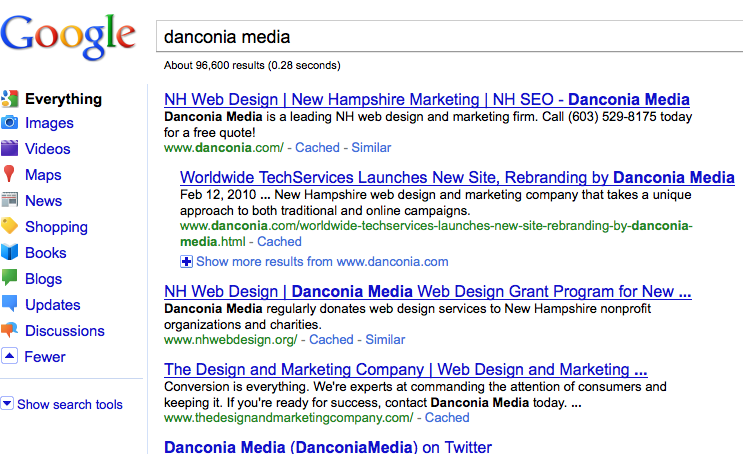 This week, Google began implementing a new, colorful layout that provides more options for searchers than before. Instead of typing a search query and going through pages and pages of results, you'll now have the option of slimming down your choices. As The Register points out, the change is an obvious attempt to stay competitive against Microsoft's Bing, which touts itself as a user-friendly alternative to Google.
This week, Google began implementing a new, colorful layout that provides more options for searchers than before. Instead of typing a search query and going through pages and pages of results, you'll now have the option of slimming down your choices. As The Register points out, the change is an obvious attempt to stay competitive against Microsoft's Bing, which touts itself as a user-friendly alternative to Google.
The change has already taken effect for many Google users, though it is apparently not across the board yet. If your Google searches look the same as always, expect to see the new layout within the coming days. The sorting options that now appear � by news, images, videos, maps, shopping, books, blogs, updates, discussions, time frame � were previously available, but most users did not know about them.
Here are some ways you can use the new layout to make your searches more efficient:
- Published in Blog
Google Now Considers Load Time a Ranking Factor
Google has announced that it has begun taking into account page loading time as a ranking factor. In a blog entry posted Friday, Google said the move is to improve experience for Internet users and site owners alike. The change took effect after extensive testing, according to Google, and site owners should check their load times to ensure they're not negatively impacted.
Matt Cutts, who heads Google's anti-webspam team, said in his blog that the change may impact smaller web sites more than larger ones. Tweaks can be made to small sites relatively easily, he wrote, while a larger company �might move slower or be hindered by bureaucracy.� While the change only affects less than 1% of search queries, Cutts said it's still worth making sure your site is as speedy as possible because it isn't �just something that can affect your search rankings � it's a fantastic idea for your users.�
- Published in Blog
Google local listing ads: The beginning of the end for free local listings?
Google has launched a new advertising platform geared toward businesses targeting consumers in their local areas. The program, which is rolling out in the San Francisco and San Diego areas, differs from Google Adwords in that businesses are charged a flat monthly fee based on their categories and locations rather than having to shell out dollars for every visitor who clicks their ads.
The listings will appear above unpaid local listings when users conduct searches as well as in Google Maps. With the listings, advertisers get a basic ad displaying their company's information, address and contact details, a unique phone number that Google will use to track calls and regular reports on conversion. It's unclear what the pricing will be for businesses in New Hampshire and New England, but it'll likely be based on search volume.
- Published in Blog
PPC vs. SEO: Which one’s the smarter investment?
It seems that small and medium-sized businesses are finally coming around to the fact that they must invest in Internet marketing if they want to stay competitive. But too many of them dedicate most or all of their resources into Pay-Per-Click (PPC) campaigns that fail to lead to inbound sales leads and wind up costing much more than they generate.
- Published in Blog
- 1
- 2


